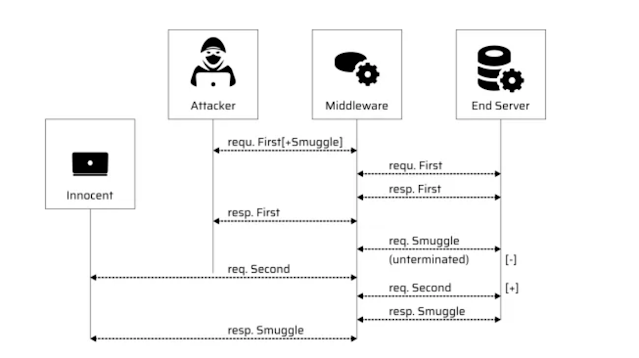How to prevent DOS attacks in AEM ?

Prevent Denial of Service (DoS) Attacks : AEM A denial of service (DoS) attack is an attempt to make a computer resource unavailable to its intended users. You can get more information on DDoS prevention in Apache At the dispatcher level, there are two methods of configuring to prevent DoS attacks: Use the mod_rewrite module (for example, Apache 2.4 ) to perform URL validations (if the URL pattern rules are not too complex). Prevent the dispatcher from caching URLs with spurious extensions by using filters . For example, change the caching rules to limit caching to the expected mime types, such as .html .jpeg .gif .swf .js .doc .pdf .ppt .... as per your project requirement. An example configuration file is given below, for this includes restrictions for mime types. When configuring Dispatcher you should restrict external access as much as possible. The following example provides example for the minimal access ...



